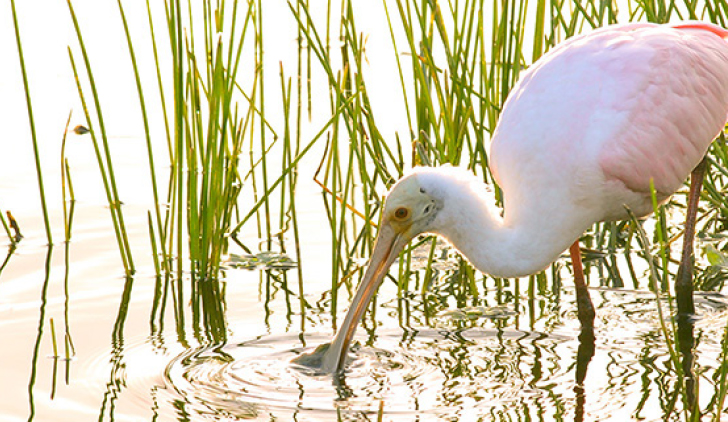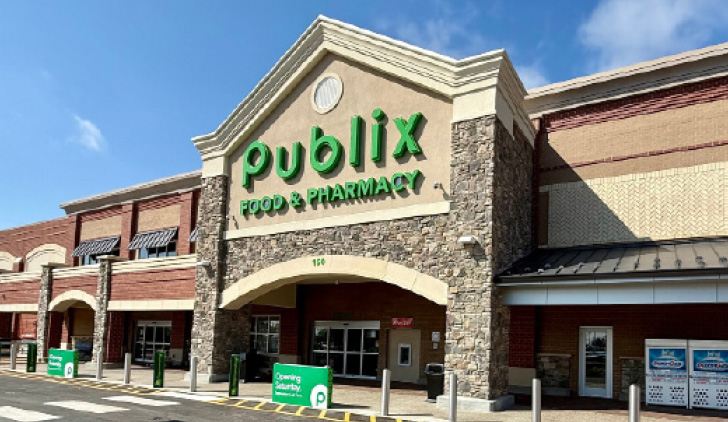
You know Florida is surrounded by water, but do you know of its special natural water system?
Last month, Publix announced a contribution of $2 million to restore parts of the Everglades. But why is this donation so important to the state? Let’s take a look!
Aqua-what?
Everything starts with aquifers, porous rocks that filter rainwater as it seeps into the ground. Water that filters into aquifers collects in springs or natural wells. It’s then bottled or sent through the state’s water system to houses. In Florida, the Biscayne Aquifer lies under the Florida Everglades and provides nearly 8 million South Florida residents with their daily drinking water supply.
So what does restoration have to do with it?
Over the years, plants like Carolina willows and Australian pines have spread through parts of the Everglades. These plants make it hard for native plants — like mangroves — to grow. They use more than their share of water and keep it out of the soil. And that means less fresh water can soak into the aquifer.
The tree with many legs
Mangroves are as common as palm trees in South Florida. They are everywhere. But what makes them important? Mangroves take in salt water and release fresh water. They’re also a great hurricane buffer and prevent shoreline erosion.
Putting it all together
Now to take this full circle: Restoring the Everglades will bring back the area’s native plants and increase the amount of water put back into the aquifers. The projects we are funding will take around 5 years to complete. Invasive plants will be removed, and some areas will be burned to keep those plants from growing back. Taking these steps will also help restore natural habitats for animals, such as birds, alligators, deer and otters.
And the journey continues!
Watch our video to learn how our investment to restore the Everglades will help preserve Florida’s natural fresh-water system.


